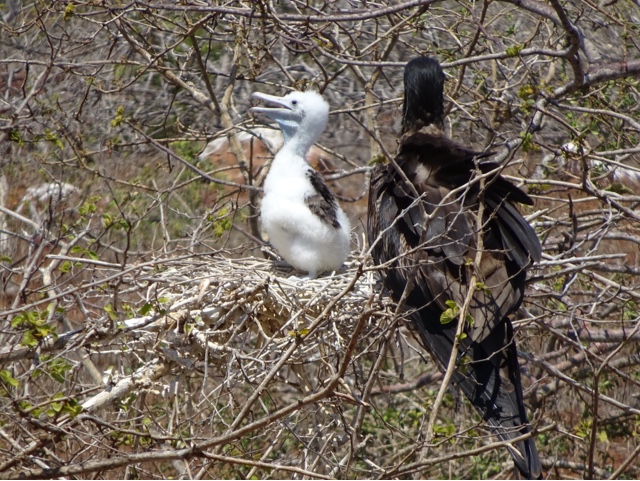The city of Cusco is very beautiful with well-preserved colonial architecture. When we first got here, we had to mentally think back in time at least 100 years compared to Lima. It's a Unesco World historic site with lots of history that you can explore.
Cusco was the capital of the Incan Empire. Just as we white folks took over North America, the Spanish were in Peru in the 1530s for their gold and silver and with the Spanish Conquest, overtook the Incas and introduced Catholicism to the area.
This is very evident along the main square with two gorgeous churches still standing.The Cusco Cathedral started being built in 1560 and took nearly 100 years to complete; it is actually made up of 3 churches today-
Kitty corner in the square is the Church of the Society of Jesus. Beginning construction in 1571, the Jesuits decided to make it the most magnificent of Cusco's churches. The archbishop of Cusco argued that it should not be allowed to compete with the cathedral and it went to Rome for arbitration- lucky for the Jesuits, it was virtually completed before the answer got back not to compete.
To this day, the area remains Catholic. Recently added this past century and perched high above the colonial centre of Cusco is Cristo Blanco, a large statue of Jesus Christ that can be seen across the city-
Towering some 26 feet high the white structure was a gift from Arabic Palestinians who sought refuge in Cusco after World War II (it represents a symbol of their gratitude to Cusco for accepting them and the statue was a parting gift when they finally returned to their home country).
The city itself represents the centre of indigenous Quechua culture in the Andes with about 90% of the population indigenous. This is very visible when you go past the square to the Cusco open market. This is by far (to date) the biggest market I've seen and represents at least a full city block. Think Kensington market and multiply by a 100 at least.
They were selling meats, cheeses, fruits, breads, chocolates, spices, lots and lots of alpaca stuff and rows of seating for food that I question if they ever clean the plates before the next serving The vendors are all indigenous.
On our way back to our hotel, we walked by streets and streets of clothing and shoes. There was one full block of only shoes and another full block of just jeans. For the shopoholic that I am but with only one bag to carry around the world, it was worse than giving up shopping for Lent! For me, it was just plain cruel having to pass up on all the bargains the city has to offer. (But don't feel too sorry for me as I WILL be shipping stuff back during our travels, believe me)!
Next stop- Machu Picchu!

















































